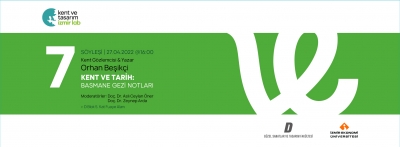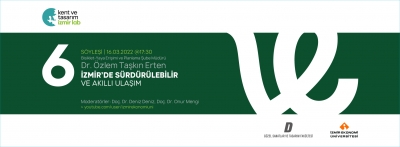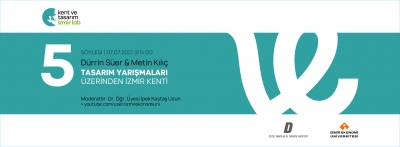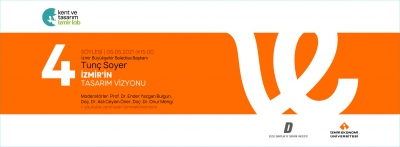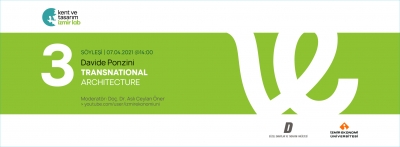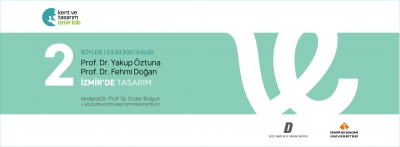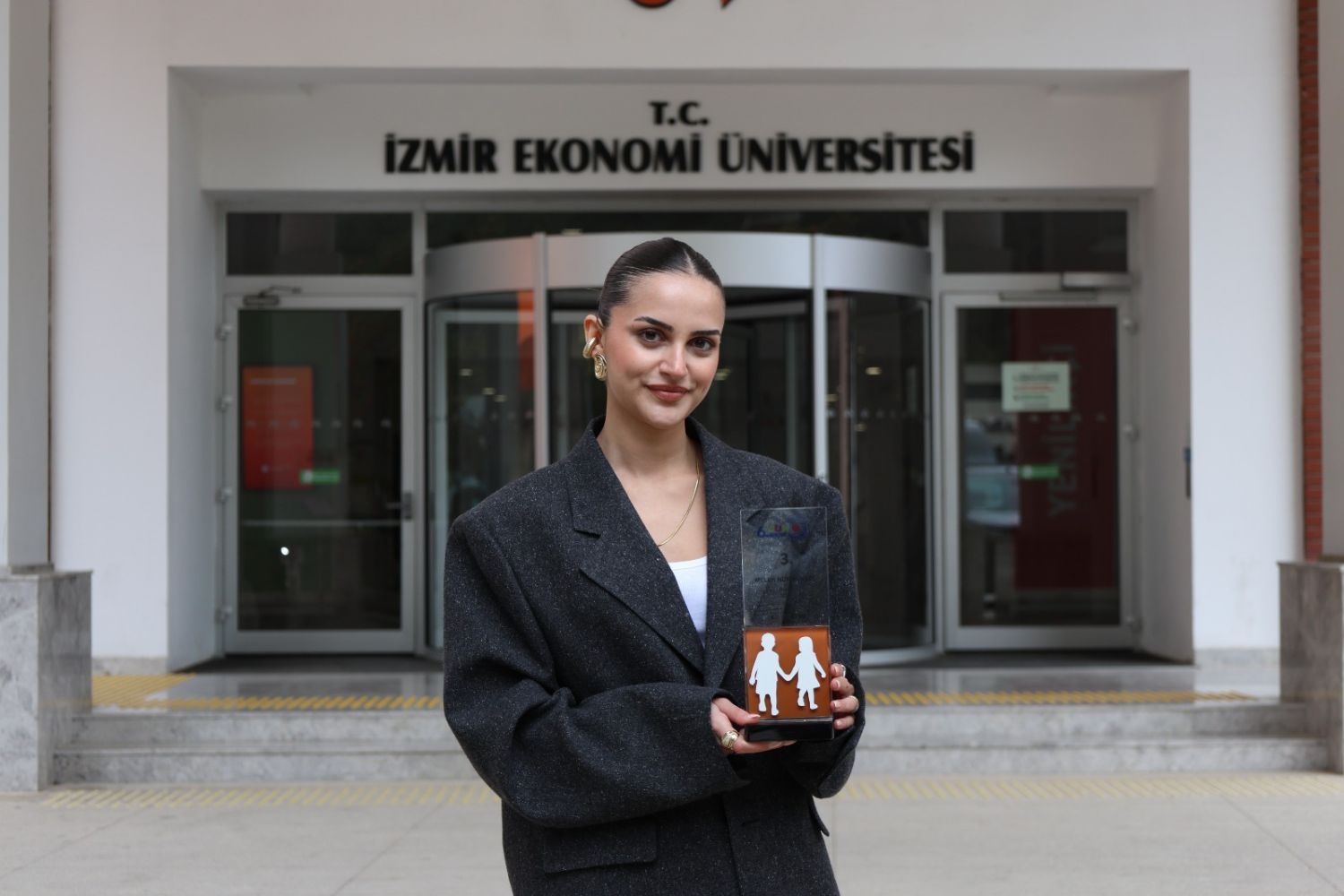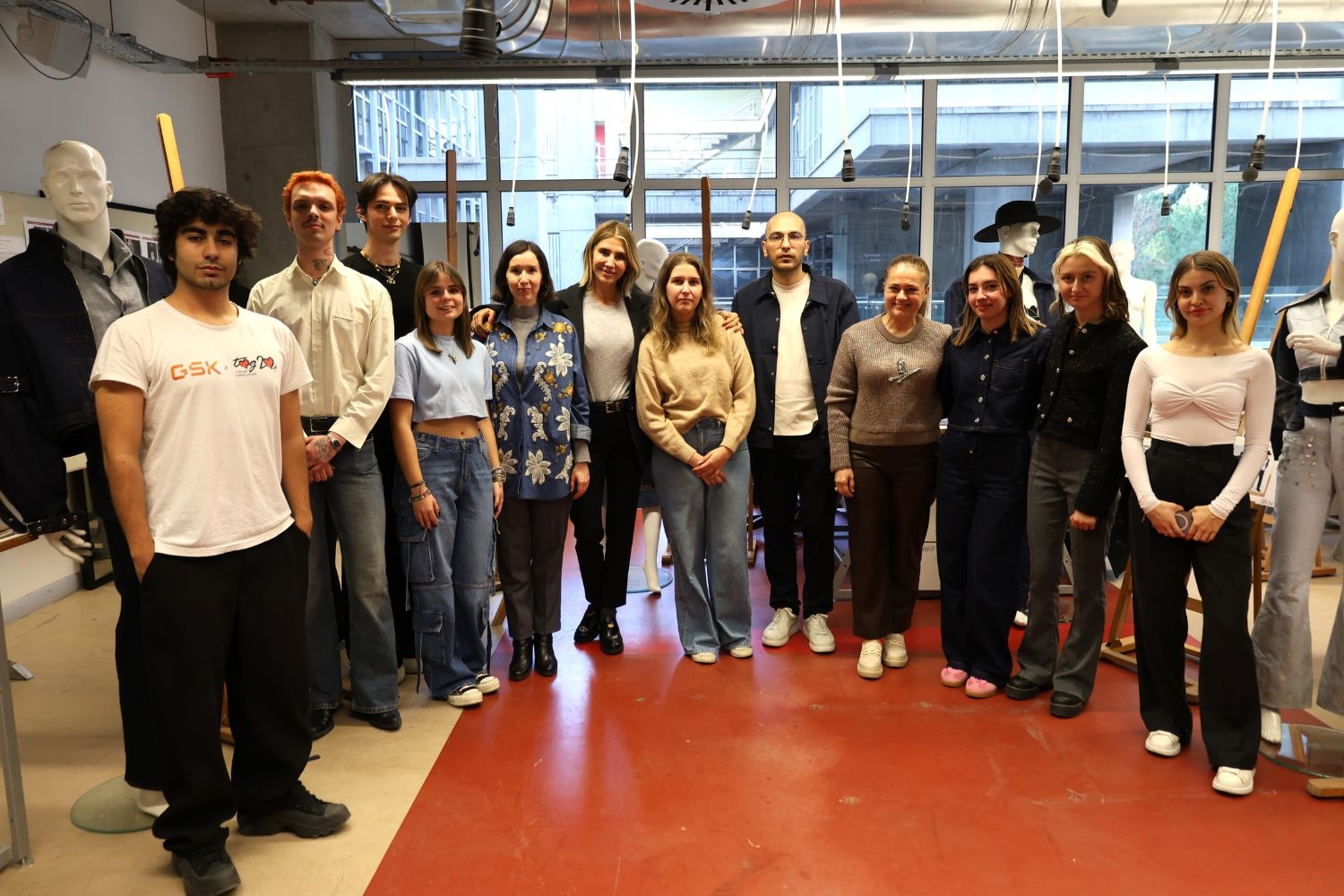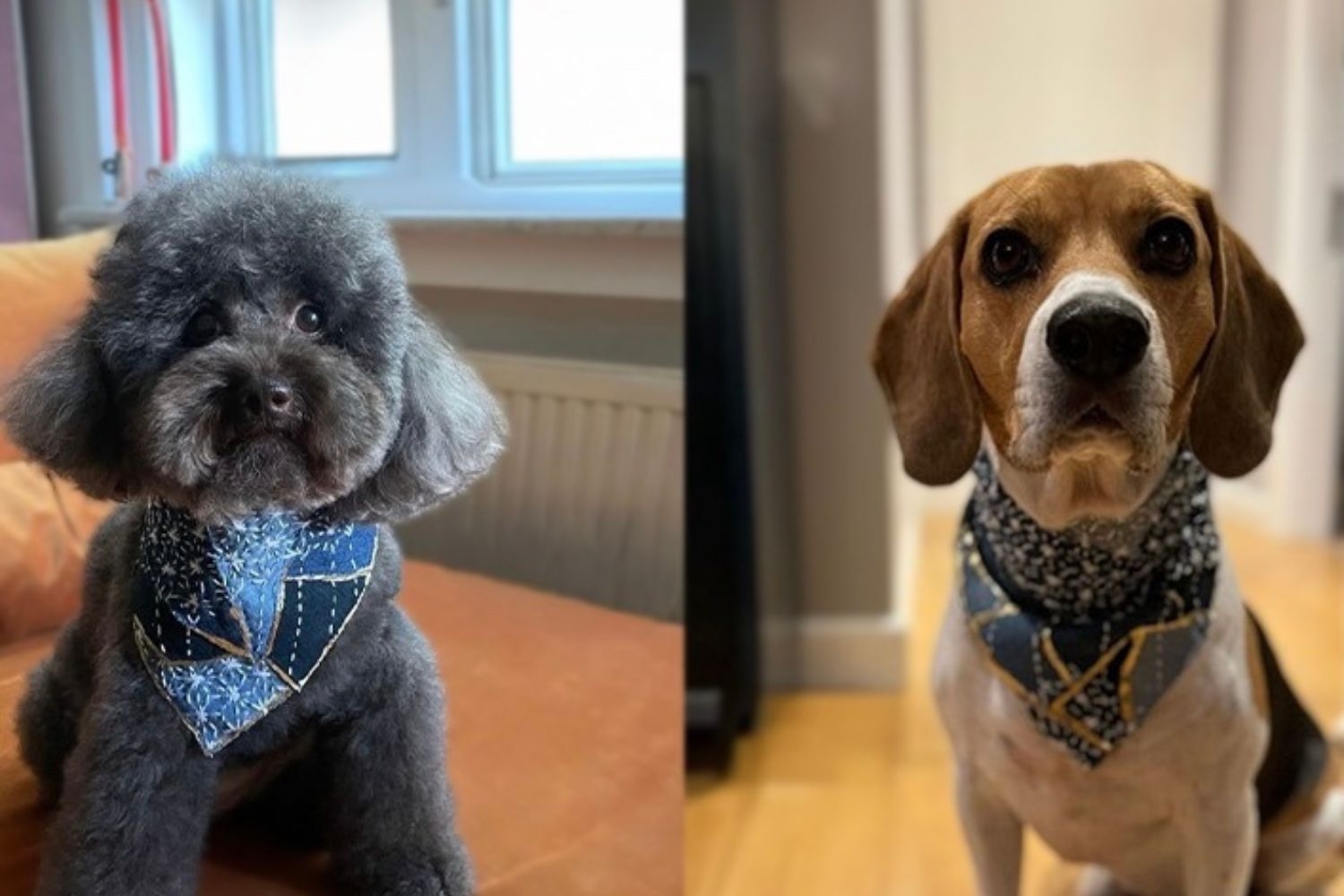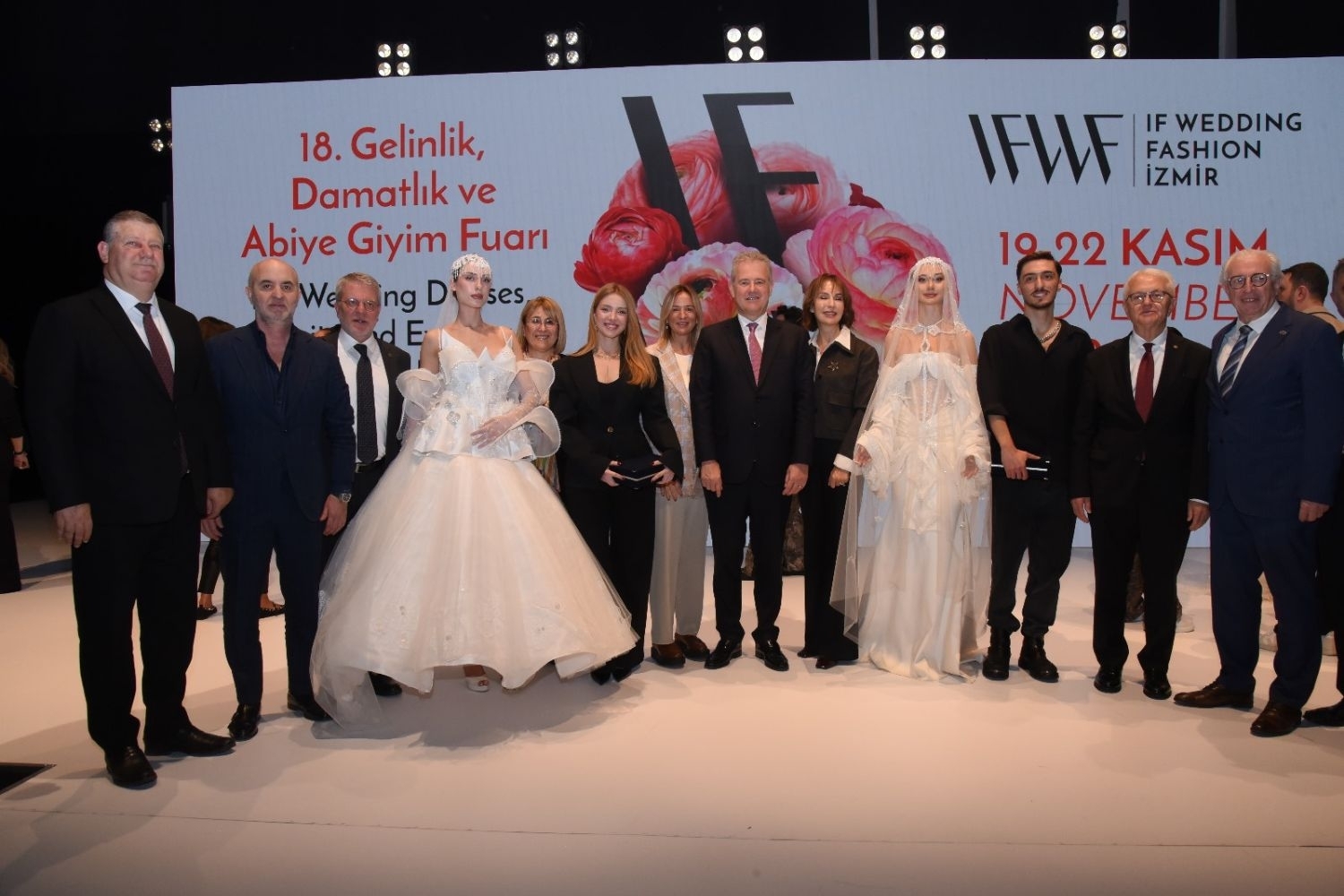FACULTY OF FINE ARTS AND DESIGN
Department of Textile and Fashion DesignFA 411 | Course Introduction and Application Information
| Course Name |
Fashion Photography and Styling
|
|
Code
|
Semester
|
Theory
(hour/week) |
Application/Lab
(hour/week) |
Local Credits
|
ECTS
|
|
FA 411
|
Fall/Spring
|
2
|
2
|
3
|
4
|
| Prerequisites |
None
|
|||||
| Course Language |
English
|
|||||
| Course Type |
Elective
|
|||||
| Course Level |
First Cycle
|
|||||
| Mode of Delivery | face to face | |||||
| Teaching Methods and Techniques of the Course | DiscussionGroup WorkQ&ACritical feedbackApplication: Experiment / Laboratory / WorkshopLecture / Presentation | |||||
| National Occupation Classification | - | |||||
| Course Coordinator | ||||||
| Course Lecturer(s) | ||||||
| Assistant(s) | - | |||||
| Course Objectives | The aim of this course is to understand and analyze the concept of fashion photography and to provide a critical overview of trends in past and present fashion photography. |
| Learning Outcomes |
The students who succeeded in this course;
|
| Course Description | This course introduces the historical development of basic photography, light knowledge and fashion photography, identifying and visualizing current trends. |
| Related Sustainable Development Goals |
|
|
|
Core Courses | |
| Major Area Courses |
X
|
|
| Supportive Courses | ||
| Media and Management Skills Courses | ||
| Transferable Skill Courses |
WEEKLY SUBJECTS AND RELATED PREPARATION STUDIES
| Week | Subjects | Related Preparation |
| 1 | Introduction | |
| 2 | Photography Basics | Diprose, G. and Robins, J., 2012, Photography: the new basics: principles, techniques and practice, Thames&Hudson: United Kingdom, ISBN: 978-0-500-28978-5, p. 45-68 and 113-140. |
| 3 | Basics of Photostudio Equipments & Introduction to Fashion Photography | Child, J., Studio Photography Essential Skills, 2008, 4th ed., Focal Press: Canada, ISBN: 978-0-240-52096-4, p. 45-126. Jade, L., 2012, Fashion Photography 101, The Ilex Press: United Kingdom, ISBN: 978-1-4547-0418-8, p. 10-127. |
| 4 | History of Fashion Photograph & Presentation Brief | Hall-Duncan, N., 1979, The History of Fashion Photography, Alpine Book Company: New York, ISBN: 0-933516-00-2, p.14-184. |
| 5 | Project 1: Outdoor shooting of fashion products (%15) | Smith, B, 2008, Fashion Photography: A Complete Guide to the tools and Techniques for the trade, Amphoto Books: New York, ISBN: 978-0-8174-2721-4, p.34-138. |
| 6 | Presentation & Adobe Camera Raw Workshop | Sheppard, R., 2008, Adobe Camera Raw For Digital Photographers Only, 2nd ed., Wiley Publishing: Indiana, ISBN: 978-0-470-22457-1, p.73-266. |
| 7 | Project 1 Continues | |
| 8 | Project 2: Indoor shooting of fashion products (%15) | Siegel, E, 2008, The Fashion Photography Course: First Principles to Successful Shoot - the Essential Guide, Thames&Hudson: London, ISBN: 978-0-500-28769-9, p.10-99 |
| 9 | MIDTERM WEEK | |
| 10 | Project 2 continues | |
| 11 | Project 2 continues | |
| 12 | Project 3: Still-life shooting of fashion products (%15) | Perweiler, G., 1984, Secrets of Studio Still Life Photography, Amphoto: New York, ISBN: 0-8174-5898-0, p.6-133 |
| 13 | Project 3 Continues | |
| 14 | Project 4: Experimental applications in fashion photography (%15) | Doble, R., 2010, Experimental Digital Photography, Lark Books: New York, ISBN: 978-1600595172, p. 129-158 |
| 15 | Project 4 Continues & Portfolio Submission Brief | |
| 16 | Semester Review | Portfolio Submission |
| Course Notes/Textbooks | |
| Suggested Readings/Materials | Diprose, G. and Robins, J., 2012, Photography: the new basics: principles, techniques and practice, Thames& Hudson: United Kingdom, ISBN: 978-0-500-28978-5, s. 45-68, and s.113-140. Child, J. Studio Photography Essential Skills, 2008, 4th ed., Focal Press: Canada, ISBN: 978-0-240-52096-4, s. 45-126. Jade, L., 2012, Fashion Photography 101, The Ilex Press: United Kingdom, ISBN: 978-1-4547-0418-8, p. 10-127. Hall-Duncan, N., 1979, The History of Fashion Photography, Alpine Book Company: New York, ISBN: 0-933516-00-2, s.14-184. Smith, B, 2008, Fashion Photography: A Complete Guide to the tools and Techniques for the trade, Amphoto Books: New York, ISBN: 978-0-8174-2721-4, s.34-138. Sheppard, R., 2008, Adobe Camera Raw For Digital Photographers Only, 2nd ed., Wiley Publishing: Indiana, ISBN: 978-0-470-22457-1, s.73-266 Siegel, E, 2008, The Fashion Photography Course: First Principles to Successful Shoot - the Essential Guide, Thames& Hudson: London, ISBN: 978-0-500-28769-9, s.10-99. Perweiler, G., 1984, Secrets of Studio Still Life Photography, Amphoto: New York, ISBN: 0-8174-5898-0, s.6-133. Doble, R., 2010, Experimental Digital Photography, Lark Books: New York, ISBN: 978-1600595172, s. 129-158. |
EVALUATION SYSTEM
| Semester Activities | Number | Weigthing |
| Participation |
1
|
10
|
| Laboratory / Application | ||
| Field Work | ||
| Quizzes / Studio Critiques | ||
| Portfolio |
1
|
20
|
| Homework / Assignments | ||
| Presentation / Jury |
1
|
10
|
| Project |
1
|
60
|
| Seminar / Workshop | ||
| Oral Exams | ||
| Midterm | ||
| Final Exam | ||
| Total |
| Weighting of Semester Activities on the Final Grade |
4
|
100
|
| Weighting of End-of-Semester Activities on the Final Grade | ||
| Total |
ECTS / WORKLOAD TABLE
| Semester Activities | Number | Duration (Hours) | Workload |
|---|---|---|---|
| Theoretical Course Hours (Including exam week: 16 x total hours) |
16
|
2
|
32
|
| Laboratory / Application Hours (Including exam week: '.16.' x total hours) |
16
|
2
|
32
|
| Study Hours Out of Class |
14
|
1
|
14
|
| Field Work |
0
|
||
| Quizzes / Studio Critiques |
0
|
||
| Portfolio |
1
|
10
|
10
|
| Homework / Assignments |
0
|
||
| Presentation / Jury |
1
|
8
|
8
|
| Project |
4
|
6
|
24
|
| Seminar / Workshop |
0
|
||
| Oral Exam |
0
|
||
| Midterms |
0
|
||
| Final Exam |
0
|
||
| Total |
120
|
COURSE LEARNING OUTCOMES AND PROGRAM QUALIFICATIONS RELATIONSHIP
|
#
|
Program Competencies/Outcomes |
* Contribution Level
|
|||||
|
1
|
2
|
3
|
4
|
5
|
|||
| 1 |
To be able to develop and design a collection independently. |
-
|
-
|
-
|
-
|
-
|
|
| 2 |
To be able to do maintain a design research individually or as a team. |
-
|
-
|
-
|
X
|
-
|
|
| 3 |
To be able to develop entrepreneurship- and managerial skills for a future professional practice. |
-
|
-
|
-
|
-
|
-
|
|
| 4 |
To be able to understand, interpret and apply theoretical knowledge in fashion and textile design. |
-
|
-
|
-
|
-
|
-
|
|
| 5 |
To be able to analyze and integrate the particular local and regional needs and of their profession. |
-
|
-
|
-
|
-
|
-
|
|
| 6 |
To be able to obtain a multidisciplinary point of view, follow and analyze the new issues, changes and trends in contemporary design and art in such a way that they can be integrated into design practice. |
-
|
-
|
-
|
X
|
-
|
|
| 7 |
To be able to apply industrial requirements, knowledge of material & usage and know-how knowledge in the creation of high quality fashion products. |
-
|
-
|
-
|
-
|
-
|
|
| 8 |
To be able to use digital information and communication technologies at a level that is adequate to the discipline of fashion and textile design. |
-
|
X
|
-
|
-
|
-
|
|
| 9 |
To be able to develop an ongoing analytical and professional approach to academic and design research. |
-
|
-
|
-
|
-
|
-
|
|
| 10 |
To be able to recognize the need and importance of a personal lifelong learning attitude towards their chosen area of interest. |
-
|
-
|
-
|
-
|
-
|
|
| 11 |
To be able to collect data in the areas of fashion and textile design and communicate with colleagues in a foreign language ("European Language Portfolio Global Scale", Level B1). |
-
|
-
|
-
|
-
|
-
|
|
| 12 |
To be able to speak a second foreign at a medium level of fluency efficiently. |
-
|
-
|
-
|
-
|
-
|
|
| 13 |
To be able to relate the knowledge accumulated throughout the human history to their field of expertise. |
-
|
-
|
-
|
-
|
-
|
|
*1 Lowest, 2 Low, 3 Average, 4 High, 5 Highest
NEWSALL NEWS

IZMIR UNIVERSITY OF ECONOMICS GÜZELBAHÇE CAMPUS
DetailsGLOBAL CAREER
As Izmir University of Economics transforms into a world-class university, it also raises successful young people with global competence.
More..CONTRIBUTION TO SCIENCE
Izmir University of Economics produces qualified knowledge and competent technologies.
More..VALUING PEOPLE
Izmir University of Economics sees producing social benefit as its reason for existence.
More..









